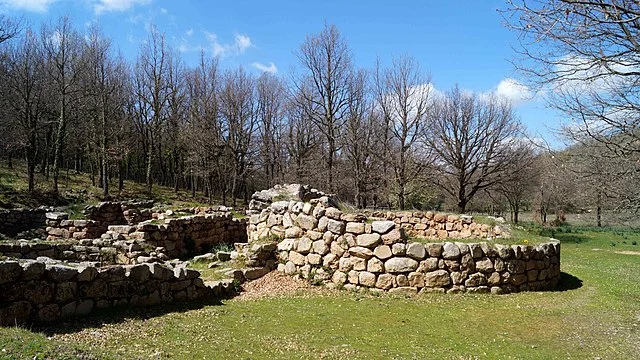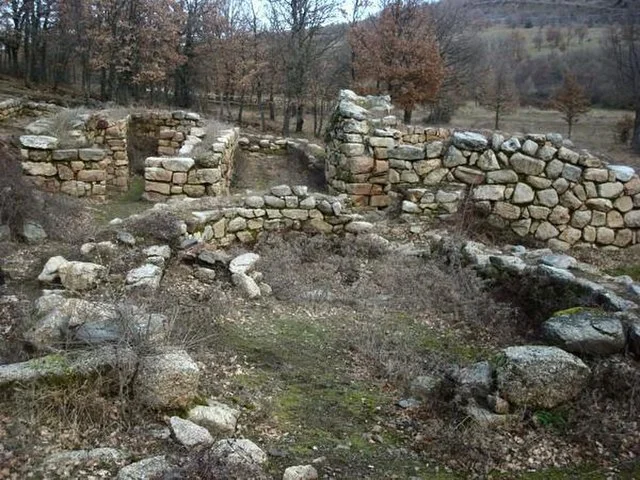The Nuragic Sanctuary of Gremanu is an archaeological site located in the central highlands of Sardinia, near Fonni. This sanctuary dates back to the Nuragic civilization, which thrived between the Bronze Age (around 1800 BC) and the Iron Age (up to 238 BC). The site stands out for its unique hydraulic system, used in ancient religious rituals.
Get your dose of History via Email
Structure and Layout

The sanctuary is composed of various stone structures. The most significant part is the sacred well, which was the center of water worship. Surrounding the well are small stone buildings and a complex water distribution system. This system features basins and channels, which transported water from nearby springs to the sanctuary.
The stone structures of Gremanu are made from local basalt. These stones are laid in a dry stone method, which does not use mortar. This construction technique is common in Nuragic architecture. The site also includes circular huts, which are believed to have housed religious personnel.
The Hydraulic System
The hydraulic system of Gremanu is a rare feature in Nuragic sanctuaries. It includes an aqueduct that collected water from nearby springs. The water flowed through stone channels into a series of basins. Archaeologists believe that this system played a central role in religious ceremonies, particularly in water-related rituals. Such rituals likely focused on fertility and purification.
This advanced water management suggests that the Nuragic people had a deep understanding of engineering and hydrology. It also highlights the importance of water in their religious practices.
Religious and Cultural Significance
Water held deep religious importance for the Nuragic people, and sanctuaries like Gremanu were dedicated to water-related deities. The presence of the well and hydraulic features indicates that worshippers believed in the sacredness of water. The sanctuary likely served as a pilgrimage site for surrounding Nuragic communities.
Additionally, the construction of such a complex site reveals the socio-political organization of the Nuragic civilization. Building and maintaining a site like Gremanu required cooperation and resources, suggesting a hierarchical society.
Archaeological Research
Excavations at Gremanu began in the 20th century and have continued through the years. Archaeologists have uncovered pottery, bronze objects, and votive offerings at the site. These findings suggest that the sanctuary was in use from the Late Bronze Age to the early Iron Age.
The artifacts and structures have helped researchers understand the spiritual practices of the Nuragic people. Gremanu has provided insights into the relationship between water, religion, and power in ancient Sardinia.
Conclusion
The Nuragic Sanctuary of Gremanu is a valuable archaeological site that sheds light on the religious practices of the Nuragic civilization. Its unique hydraulic system, religious significance, and well-preserved structures make it a key location for understanding the role of water in ancient Sardinian culture. Through continued excavation and study, Gremanu continues to offer new insights into the engineering, religion, and society of one of Sardinia’s most intriguing ancient cultures.
Source:

